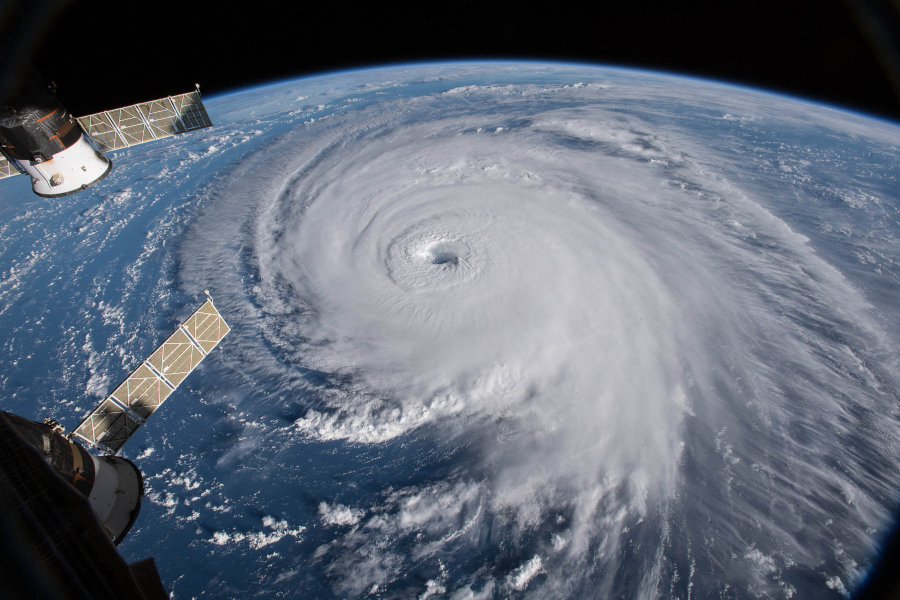Keeping an eye on the storm
Monitoring program to measure the impact of Hurricane Florence on an already waterlogged region

For more than 30 years, the Chesapeake Bay Program has coordinated the monitoring efforts of federal, state and local agencies and academic institutions. Through this robust partnership, we’ve been able to learn a lot about the Bay and its waterways by measuring a wide range of factors, including nutrients, sediment, benthic organisms, underwater grasses and dissolved oxygen.
This summer has been particularly interesting to monitor due to the high level of rain we’ve been receiving since May. Record-high July and August rains in Pennsylvania and near-record rains in Maryland and Virginia helped contribute to the above normal river flows we’ve had to the Bay all summer. Now, with the potential for even more rain from Hurricane Florence, scientists want to capture the effects we could see in the Bay and surrounding watershed.
Hurricane Florence presents a unique challenge to monitor to help warn people of flooding, and to learn more about effects on the Bay and surrounding region, while also contributing to the larger knowledge of hurricanes. To help keep people informed about flooding, the U.S. Geological Survey (USGS) offices in Maryland, Pennsylvania, Virginia and West Virginia worked with the Federal Emergency Management Agency and state and local governments to deploy real-time tide gauges and surge sensors in the lower Bay and inland locations likely to be impacted by the hurricane.
To learn more effects on the Bay, scientists from USGS and multiple agencies will step up their monitoring efforts, taking samples at 24 sites from the Chesapeake Bay Program’s existing water quality network in Virginia beginning today and continuing into next week. They’ll sample at additional locations around Hampton Roads, Virginia, given its proximity to the storm.
Monitoring crews are also ready in other areas if rains from Florence move northward.
Learn more about how the Chesapeake Bay Program partnership monitors water quality.

Comments
There are no comments.
Thank you!
Your comment has been received. Before it can be published, the comment will be reviewed by our team to ensure it adheres with our rules of engagement.
Back to recent stories